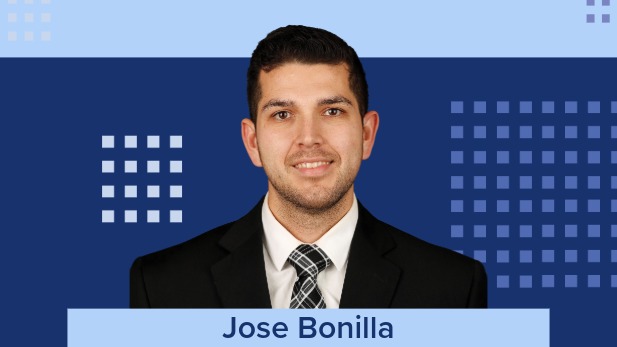Education for All
Barriers and Breakthroughs
It’s time for higher education institutions to take more meaningful steps to bring an education for all into the college experience. Look at a new white paper published by McGraw Hill. They talked to administrators, instructors, students, and thought leaders across the country to identify what’s working and what isn’t.
The white paper shines a light on ways institutions can rethink and reframe how to help give every single student what they need to succeed in college and beyond. Here’s a snapshot of the paper.
Where to start and with whom?
Making progress towards an education for all starts with understanding which groups of students are being left behind.
Research has identified minority and differently-abled students such as those with children, physical disabilities, depression, and student-loan debt as groups needing particular attention.
How can higher education institutions help?
We need to understand the hurdles facing institutions, and what can be done to overcome them and measure progress.
The good news? More than half of the nation’s higher education institutions have implemented initiatives addressing Education for All.
The not-so-good news?
- Less than 2% have seen those initiatives succeed
- 1 out of 5 institutions have not made changes to address equity issues
- 1 out of 10 institutions are discussing equity issues but not taking action to address those issues
How can higher education institutions overcome the hurdles?
Institutions can begin by adopting a new framework that more effectively tackles issues with student populations and school administration. McGraw Hill’s Success in Higher Education is such a framework, one that allows and empowers educators to make the necessary changes, overcome systemic hurdles, and support key student groups. It builds on notable ones like the Gates Foundation’s Postsecondary Value Framework, the Center for Collaborative Education Equity Framework, and the Farmington Equity Framework.
The Success in Higher Education Framework comprises:
- Access and Achievement
Create the space students need to focus on their academic goals; give them resources that meet their basic needs. Provide high-quality course materials and make them available on day one. Customize instruction for the student. Every student has a unique learning ability and pace, and adaptive software can create tailored and dynamic paths to success.
- Being and Belonging
Feeling like they can be themselves and belong to their learning environment helps students with academic achievement. This also means being celebrated for standing out and relating to those in the classroom and the institution at large with similar backgrounds as theirs–including faculty and administration.
- Cause and Career
Times have changed and having a degree and visiting the college career office to look for work are no longer guarantees of getting a job. Institutions can partner with employers to help connect students with potential employment opportunities.
Education for All is attainable. Learn what you can do to help bring about meaningful change at your institution by clicking here to read McGraw Hill’s Education for All white paper.



